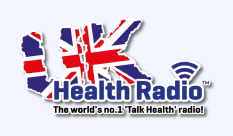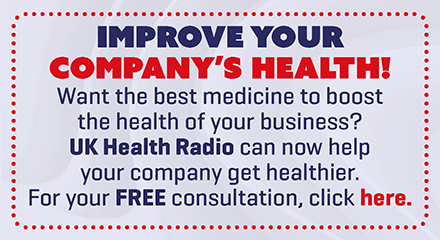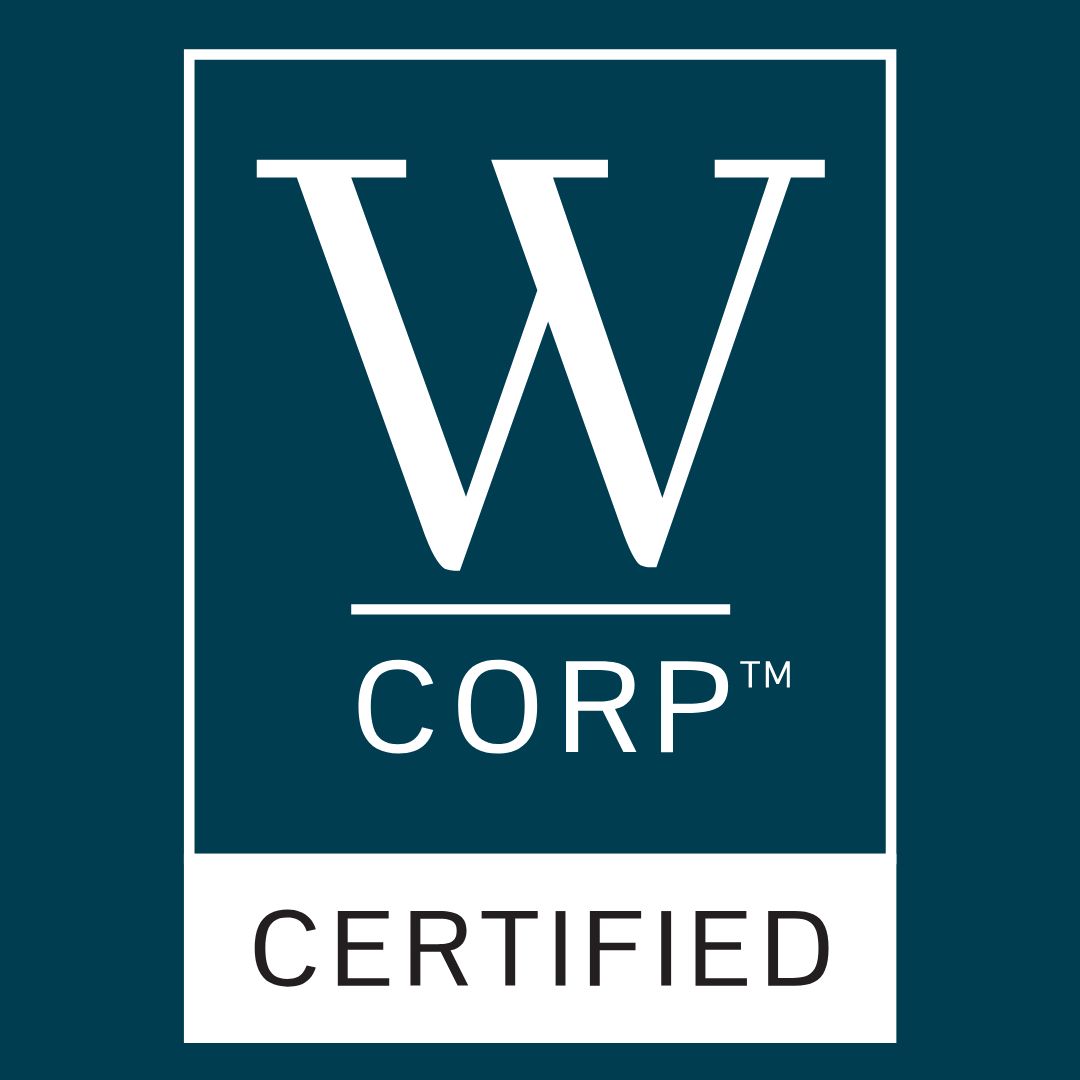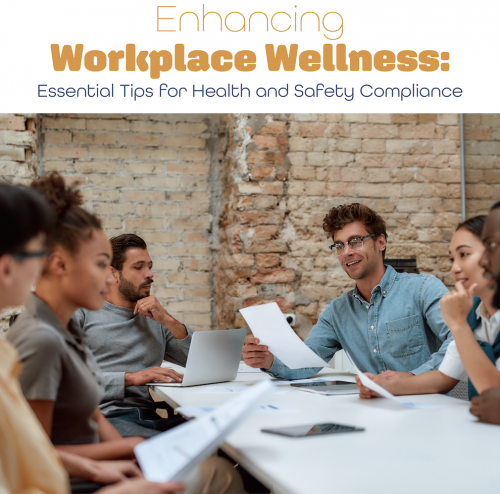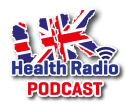Enhancing Workplace Wellness: Essential Tips for Health and Safety Compliance
Creating a healthy and safe work environment is crucial for every business. Not only does it ensure
the well-being of employees, but it also helps in maintaining compliance with health and safety
regulations. This article offers practical advice on enhancing workplace wellness, focusing on the vital role of safety measures and compliance practices.
Health and safety in the workplace is more than just following guidelines; it’s about cultivating an
environment where employees can thrive. By prioritising employee health and well-being,
companies can reduce absenteeism, increase productivity, and enhance overall morale.
Assessing Risk: The First Step to a Safer Workplace
Risk assessment is the cornerstone of any effective health and safety strategy. It involves identifying
potential hazards in the workplace and evaluating the risks associated with them. This process not
only helps in pinpointing areas that require immediate attention but also aids in developing a
systematic approach to mitigating risk.
To begin, conduct a thorough walk-through of your premises to spot any immediate risks, such as
slippery floors or unsecured machinery. Then, engage with employees to gain insights into less
obvious hazards that may not be immediately apparent. This dual approach ensures that both
obvious and subtle risks are addressed. Documenting these findings and regularly reviewing them is
essential for ongoing safety management.
Implementing Effective Health and Safety Training
Training is a fundamental element in ensuring workplace safety. It equips employees with the
knowledge and skills needed to perform their duties safely. Effective training should cover everything from the use of equipment to emergency procedures and should be tailored to the specific needs of each role within the company.
Regular training sessions not only reinforce safe practices but also keep safety at the forefront of
employees’ minds. It’s important to update training materials regularly to include new regulations
and safety protocols. Engaging and interactive training can help boost retention rates and encourage
a culture of safety.
Enhancing Safety Through Clear Signage
Clear and visible safety signs are critical for maintaining a safe working environment. They provide
necessary warnings and information, helping to prevent accidents and ensure that everyone knows
how to act in emergency situations. For a comprehensive range of safety signs that meet all
regulatory requirements, you can visit this page. Experts such as Label Source have a wide range of
health and safety signs that can be used in workplaces as well as public areas.
Installing the right signs in the right places is key. For example, fire exit signs should be placed at eye level and illuminated to ensure visibility in all conditions. Similarly, hazard warnings, such as those for chemical storage areas, should be clearly visible to anyone approaching the area. Regular checks are needed to ensure that signs are in good condition and that their messages remain clear and unobstructed.
Creating a Culture of Wellness
Promoting a culture of wellness goes beyond physical health and safety; it includes mental well-being too. Encouraging open communication about mental health and stress management can lead to significant improvements in employee morale and productivity. Initiatives like regular breaks,
wellness programs, and access to counselling services can make substantial differences.
Leadership plays a crucial role in fostering this culture. By leading by example and showing genuine concern for the well-being of their teams, leaders can inspire their employees to take their health seriously. Recognising and rewarding safe behaviour and wellness initiatives can also reinforce the importance of these practices.

